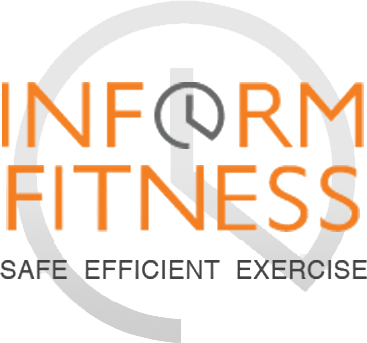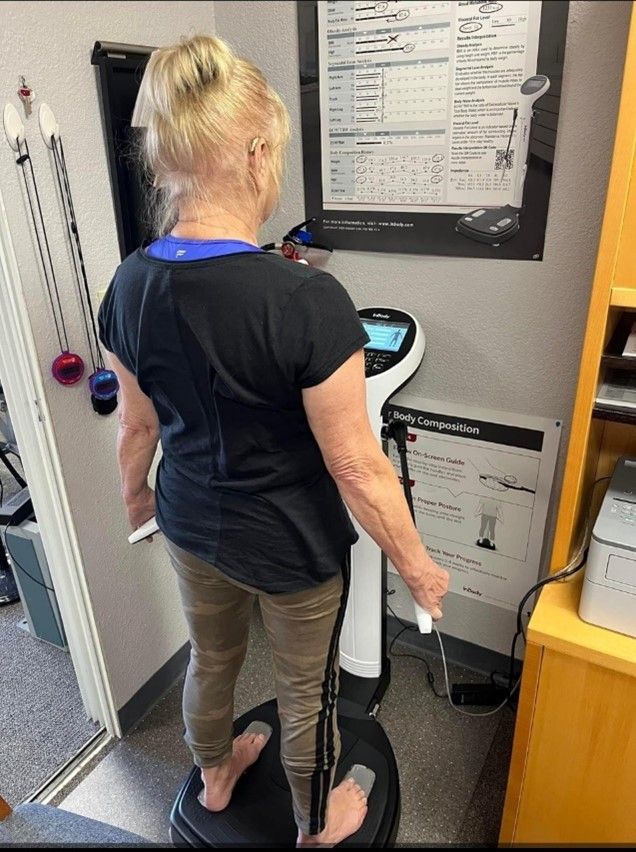WHAT IS INBODY COMPOSITION
Let’s start with the basics. The first thing to know is that there are several different models of body composition. Below we will explore the two most common models.
What are the 2 components model of body composition?
1. Fat MassThe substance everyone seems to always have too much of and is always doing their best to get rid of. However, body fat is necessary for the body to function: Body Fat allows the body to store energy, protects internal organs, acts as an insulator and regulates body temperature, among other things. Nobody can have 0% body fat, and maintaining body fat percentages lower than 4% is generally regarded as inadvisable for long-term health.
2. Fat-Free Mass (FFM)
Fat-Free Mass is what it sounds like – all the mass in your body that is not attributed to fat. Your FFM contains a variety of different components, all your internal organs, skeletal muscle mass, water, etc. Everything that is not fat can be lumped into the category of Fat-Free Mass.
From these two values, your body fat percentage can be deduced by dividing your fat mass by your total body weight. If your goal is to determine only your body fat (not lean body mass, muscle mass, etc), procedures that utilize the 2C method can be used to determine your body composition.




